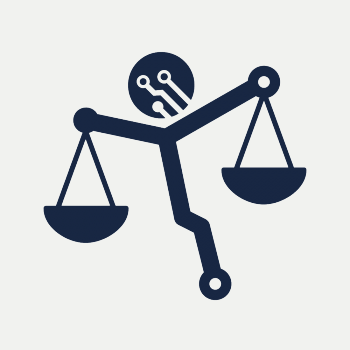AI for English Law - Work Package Three - Frontiers of AI in Legal Reasoning
These are heady days for AI research: computers are more intelligent and learning faster than ever. Deep learning, an advanced machine learning technology based on neural networks, is achieving revolutionary results in tasks such as speech recognition, visual object recognition, language-related tasks (such as machine translation, language modelling, and sentiment analysis), game playing (such as computer games), self-driving vehicles, and data processing and analytics. These outstanding recent successes emerged from technological progress in hardware and software combined with massive amounts of available data from which to learn.
Despite revolutionary progress, we are still far from general human-level intelligence (House of Lords Select Committee on Artificial Intelligence, 2018). In particular, in natural language processing (‘NLP’) and deep learning, systems underperform humans in understanding language, reasoning, and answering questions. Current deep learning Q&A systems cannot tackle logical inferences (beyond very simple ones), nor perform ‘common-sense’ reasoning. Their reasoning capabilities are essentially simple pattern-recognition-type inferences, eg ‘Paris is to France, what X is to Italy’, filling in ‘Rome’ for X.
These limits in current NLP technologies are a technological barrier to the wider deployment of AI in legal services. Yet these very capabilities are continuously improving, implying a need for close linkage between cutting-edge work and legal services applications. WP3 will focus on three research questions, which explore the usability in legal applications of current state-of-the-art in three AI technologies:
- What are the capabilities and limits of state-of-the-art inteligent search in AI for law?
- What are the capabilities and limits of state-of-the-art AI for legal information extraction?
- What are the capabilities and limits of state-of-the-art AI-based legal analytics and reasoning?

